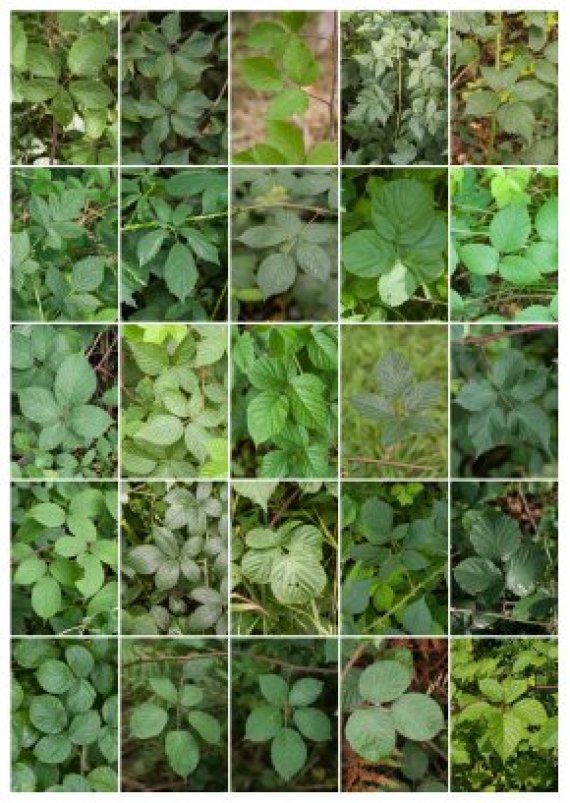Photos: Iris de Ronde, Rense Haveman
Most brambles are apomictic, which is to say that they reproduce using seeds but without fertilization. ‘Only the genetic information from the mother is passed on. So the daughters are clones,’ explains Haveman. There is a big debate among biologists about whether apomicts are separate species. That is related to the fact that they are sometimes only found across a small area.
Evidention
Haveman has a clear opinion on the matter. ‘You can’t give an all-embracing definition of a species. There will always be ifs and buts and exceptions. The only thing you can do is gather evidence to show that these really are different evolutionary lines. For example, that they are morphologically different and have a different ecology, genetic differences and their own geographical spread.’ According to Haveman, all the available information points to apomictic brambles being separate species.
And that is important. Recognition as a species means greater consideration in nature management and policy. Haveman: ‘I know one species of bramble that is only found in the vicinity of Winterswijk. It is quite something for the local landscape to be full of that species. Why is that? Why is it contained in that landscape? But that bramble doesn’t officially exist. That’s strange.’
Hotspot
Haveman and his colleagues have identified 191 different species in the Netherlands. We are not talking about tiny variations of interest only to aficionados. ‘There are huge differences in the colour, the size of the thorns, the shape of the leaves and the way the leaves grow. Some brambles grow upwards as straight as a die, others bend or creep along.’ Haveman has spent the past nine years recording all that diversity and determining the underlying patterns. He says that the bramble species can be traced back to six original lines that have partly died out. He also discovered that there are many more different types of bramble bushes — groups of plants that grow in combination — than the five official descriptions.
Red list
Haveman wants more attention to be given to the diversity in brambles. ‘This is about the distinctive character of the landscape and the region. We should be proud of this. That starts with recognition as a separate species, inclusion in overviews of biodiversity and a place on the Red List.’


